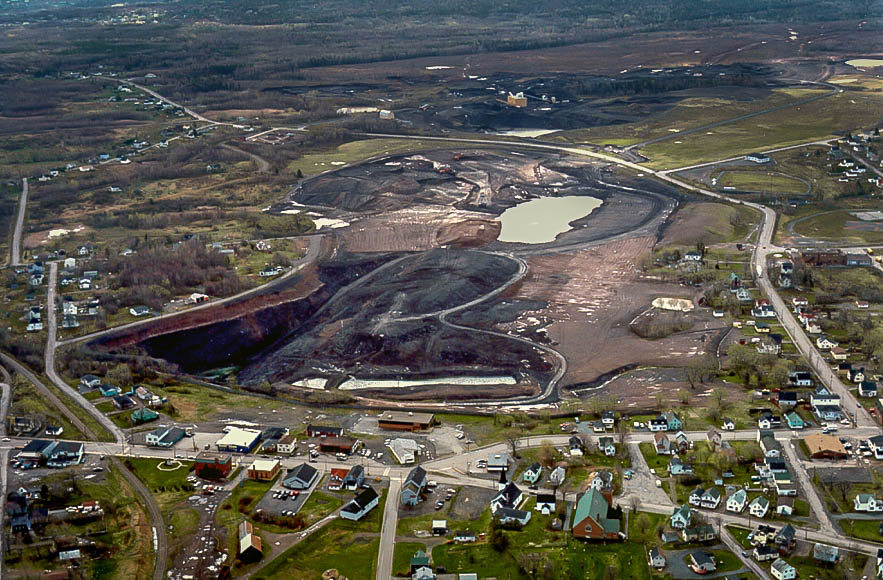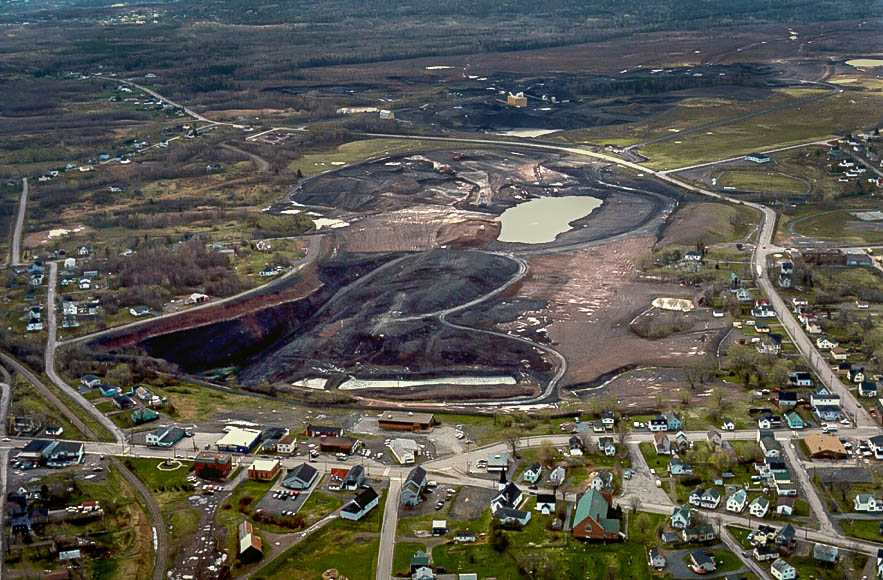We are proud of our heritage as an industry but we are also proud of how different #mining is today from the past. The Drummond #coal mine in #Westville, #Pictou County, is an example of how mining has changed over the years.
#nspoli #cbpoli #novascotia #capebreton @TimHoustonNS

#nspoli #cbpoli #novascotia #capebreton @TimHoustonNS


Drummond was mined from 1868-1984 when underground mining ended. A surface mine operated in the 1980s and 1990s to complete extraction of the #coal and reclaim the site. It also recovered coal from the historical mine’s waste dumps as part of the environmental clean up.
#nspoli

#nspoli


Today the former mine is acres of greenspace and parkland which includes a playground, pond, gazebo, baseball field and heritage signage. The reclamation also fixed subsidence issues so land left unusable by historical mining could be developed.
#nspoli

#nspoli


There was good and bad in the historical Drummond mine. It created jobs, supported families and provided fuel for well over a century. #Coal from mines like Drummond fueled the #IndustrialRevolution, #NovaScotia’s economic growth and innovation.
#nspoli #cbpoli #novascotia

#nspoli #cbpoli #novascotia


#Coal mines also attracted immigrants from many countries who helped build #NS.
On the other hand, Drummond was also the site of Canada’s first recorded mine disaster and an example of how tough working conditions were in historical mines, especially in the 1800s and early 1900s.

On the other hand, Drummond was also the site of Canada’s first recorded mine disaster and an example of how tough working conditions were in historical mines, especially in the 1800s and early 1900s.


On May 13, 1873, two explosions killed about 70 miners – both men and boys, since children often worked in mines back then, as they did in some other industries. Fires at surface burned for 36 hours.
#nspoli #cbpoli #novascotia #capebreton

#nspoli #cbpoli #novascotia #capebreton


Water was pumped into the mine to douse underground fires. The mine was sealed in an attempt to cut off oxygen to the flames. In October it was reopened and ventilation resumed, but the coal itself was still burning underground. The mine was eventually reopened the next spring. 



Working conditions in coal mines like Drummond were difficult and often unsafe, as Nova Scotia’s long history of underground explosions and health issues like black lung make clear.
#nspoli #cbpoli #novascotia #capebreton

#nspoli #cbpoli #novascotia #capebreton


The last working pit pony in N. America was led out of the Drummond mine in 1978. Pit ponies were historically used to haul ore in underground mines because they were small and could walk thru the cramped, low-ceilinged mines. This is also a reminder of an era best left behind. 

Modern #mining is a sophisticated, science-based business that takes excellent care of the environment – completely different from what it was in the past.
#nspoli #cbpoli #novascotia #capebreton

#nspoli #cbpoli #novascotia #capebreton


We have reduced our injury rate by 90% in the past two decades and mining is one of the safer industries in Nova Scotia today. We are committed to continuous improvement in all aspects of our operations.
#nspoli #cbpoli #novascotia #capebreton

#nspoli #cbpoli #novascotia #capebreton


Perceptions of #mining are sometimes rooted in historical practices that were, by today’s standards, clearly unacceptable. The fact is our ancestors didn’t know better. They didn’t understand their impact on the environment.
#nspoli #cbpoli #novascotia #capebreton

#nspoli #cbpoli #novascotia #capebreton


They didn’t know how things like coal dust affected their health, or they just didn’t have better options for making a living in those difficult times. Life was hard.
#nspoli #cbpoli #novascotia #capebreton

#nspoli #cbpoli #novascotia #capebreton


There are countries that still operate like we did in the distant past, with poor enviro and safety standards. Some still use child labour in mines.
Ensuring stable, ethical supply of minerals means doing more mining in places like #NovaScotia and Canada that do it right.
#nspoli

Ensuring stable, ethical supply of minerals means doing more mining in places like #NovaScotia and Canada that do it right.
#nspoli


• • •
Missing some Tweet in this thread? You can try to
force a refresh



























